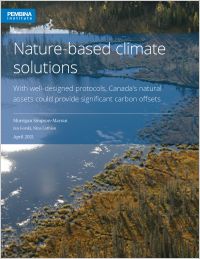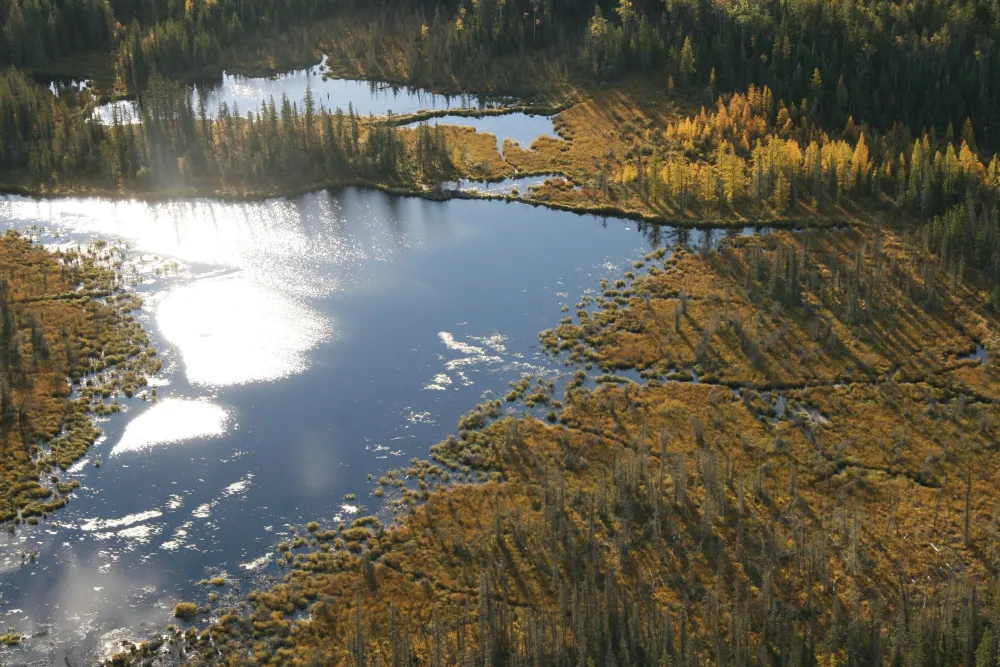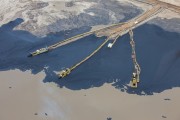Offsets have been around for decades, in government-regulated markets and in voluntary markets that companies, organizations and individuals use to reduce a carbon footprint, or to promote corporate social responsibility. Alberta’s industrial carbon pricing system, for example, has generated an offset market. Now with a price on carbon in every province, and a federal commitment to raise the price to $170/t by 2030, carbon markets are poised to grow.
 A less common tool in offset markets is the valuation and measurement of the carbon absorption qualities of natural assets such as forests, peatlands and wetlands, known as nature-based solutions (NBS). As the race to reduce carbon in the atmosphere heats up, more companies and organizations are looking to effectively harness NBS. But to make NBS more valuable, and to take advantage of their additional benefits such as conservation, protection of biodiversity, and economic and social opportunities for adjacent communities, the market for NBS offsets needs improvement.
A less common tool in offset markets is the valuation and measurement of the carbon absorption qualities of natural assets such as forests, peatlands and wetlands, known as nature-based solutions (NBS). As the race to reduce carbon in the atmosphere heats up, more companies and organizations are looking to effectively harness NBS. But to make NBS more valuable, and to take advantage of their additional benefits such as conservation, protection of biodiversity, and economic and social opportunities for adjacent communities, the market for NBS offsets needs improvement.
What are the concerns about nature-based carbon offsets?
Offsets have faced public criticism because their quality can vary substantially, especially in unregulated voluntary markets. Concerns include how closely nature-based carbon offsets are measured to address thehigher risk of mismeasurement. Their climate benefits are not easily quantified, and the benefits aren’t guaranteed - a forest can be destroyed by wildfire, for example. Furthermore, it’s essential that a nature-based carbon offset system deliver on additional climate benefits that would not have occurred anyway. The bar is higher for NBS offsets, but they can be appropriately and safely used on pathways to net-zero if the right guardrails are in place.
How do we make NBS carbon offsets credible?
Carbon offsets in general have a steep climb to credibility. Measurement and verification differs between jurisdictions, and offset investors rely on standard protocols to guarantee the value of each type of offset. For nature-based solutions, the standards can be tougher, in part because of the variability of natural assets. Several criteria have to be in place for NBS to be a safe bet:
- Permanence: Long-term emissions reductions must be ensured over time by ensuring, for example, that trees aren’t cut down, destroyed by insects or wildfires.
- Additionality: The project reduces carbon in the atmosphere, and would not have happened if not for the incentives of the offset market.
- No leakage: For example, it must be ensured that preserving forests in one area doesn’t shift logging to another area.
- Consistent and accurate quantification: The emissions reductions must be accurately measured and verified to provide confidence in the benefits. This is generally done by a third-party verification organization.
Along with delivering community, conservation and biodiversity benefits, nature-based carbon offsets can contribute to Canada’s stated goal of achieving net-zero emissions by 2050. But that won’t happen without standard protocols, clear rules and strong enforcement.








